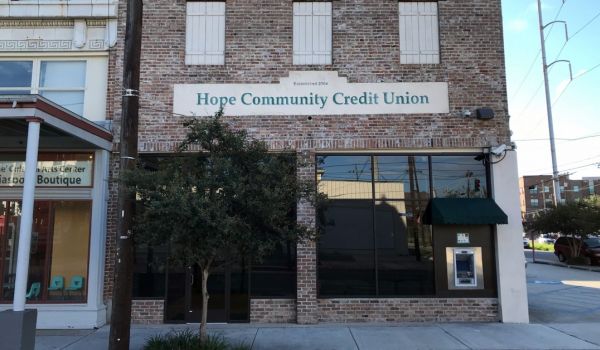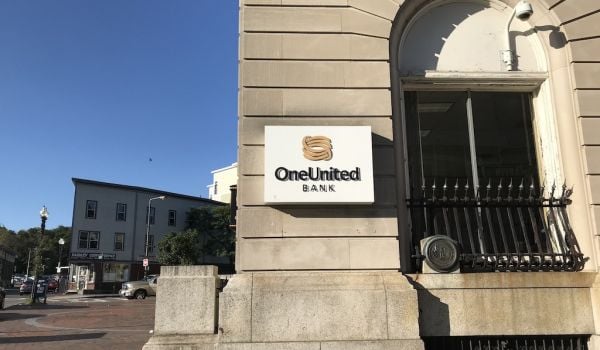College Has Made the Racial Wealth Gap Worse
The net worth of households with Black college graduates is about $40,000 less than it was 30 years ago, the Wall Street Journal reports, even as the net worth of white college graduates has increased.
The drop is driven by student debt and the fact that Black college graduates’ income hasn’t risen as quickly as that of other college graduates, the paper said. From 1990 to the late 2010s, a household with a Black college-educated person in their 30s saw median income rise 7%, while income for their white counterparts rose 13%.
And college costs are increasing even as wages are not. Because of the legacy of slavery, segregation and redlining, Black students have less generational wealth to lean on when attending college. In 2012, the paper said, about ⅔ of white families paid for an average of $73,400 toward their college-age children’s education; only ⅓ of Black families were able to help pay for college, and the average amount paid was $16,000.
The median net worth of households with Black college graduates in their 30s is now barely 5% that of a similar white household.
SEC Approves Nasdaq Plan to Boost Corporate Board Diversity
The Securities and Exchange Commission has approved Nasdaq rules that will require companies traded there to meet race and gender targets on their boards, CNBC reports.
The rules will require U.S. companies to have at least one woman director as well as another board member who identifies as a racial minority or with the LGBTQ community.
Studies have shown that companies with diverse boards perform better, Recode reports.
“Now that we know diverse boards perform better financially, they have a fiduciary responsibility to diversify,” Stephanie Lampkin told Recode. Lampkin is founder and CEO of diversity analytics and hiring software company Blendoor.
Nasdaq is the second largest stock exchange in the world, second only to the New York Stock Exchange.
The Number of White People in the U.S. Fell for the First Time Since 1790
The new census data is out, and it shows an America that is more diverse than ever.
The Census said in a press release that while the white population is the largest racial group in the U.S. at 204.3 million, that population decreased by 8.6 percent since 2010. Meanwhile, there are now 33.8 million people who identify as multiracial, the bureau said.
There are 46.9 million people who said they are Black or African American; 24 million people who said they were Asian; 9.7 million American Indians and Alaska Natives; and 1.6 million Native Hawaiian and Other Pacific Islanders. There are also 49.9 million people who checked the “Some Other Race” box.
There are some caveats, of course. “It is important to note that these data comparisons between the 2020 Census and 2010 Census race data should be made with caution, taking into account the improvements we have made to the Hispanic origin and race questions and the ways we code what people tell us,” the bureau wrote.
Still, as the New York Times reported, the results point to a more diverse, more multiracial population.
This article is part of The Bottom Line, a series exploring scalable solutions for problems related to affordability, inclusive economic growth and access to capital. Click here to subscribe to our Bottom Line newsletter.


















